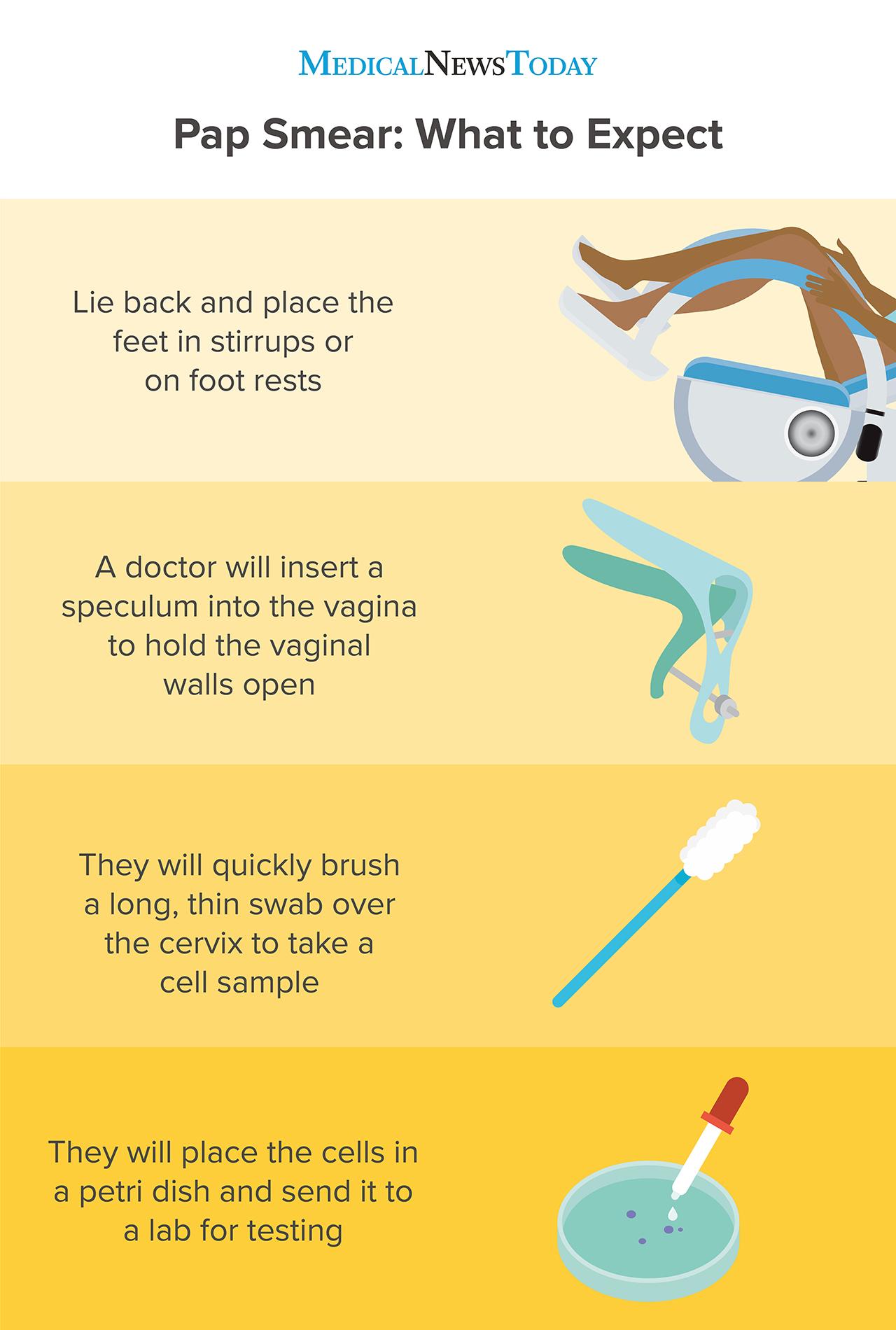Pap Smear: Unveiling the Importance of Early Detection
– A Pap smear, also known as a Pap test, is a procedure used to test for cervical cancer in women.
– It involves collecting cells from the cervix, the lower end of the uterus.
– Detecting cervical cancer early through a Pap smear increases the chance of a cure.
– A Pap smear can also detect changes in cervical cells that may indicate future cancer development.
– It is usually done in conjunction with a pelvic exam.
– In women over 30, the Pap test may be combined with a test for human papillomavirus (HPV), a sexually transmitted infection that can cause cervical cancer.
– Doctors generally recommend beginning Pap testing at age 21.
– For women ages 21 to 65, Pap testing is usually repeated every three years.
– Women over 30 may consider Pap testing every five years if combined with HPV testing or opt for HPV testing instead.
– Certain risk factors, such as a diagnosis of cervical cancer, exposure to diethylstilbestrol (DES), HIV infection, weakened immune system, or a history of smoking, may require more frequent Pap smears regardless of age.
– After a total hysterectomy (surgical removal of the uterus and cervix), the need for ongoing Pap smears should be discussed with a doctor.
– Pap smears are a safe way to screen for cervical cancer.
– False-negative results are possible due to factors such as inadequate collection of cells or blood or inflammatory cells obscuring the abnormal cells.
– Cervical cancer takes several years to develop, so if one test doesn’t detect abnormal cells, the next test likely will.
– Tips for preparing for a Pap smear include avoiding intercourse, douching, or using vaginal medicines or spermicidal products before the test.
– Scheduling a Pap smear during menstrual periods is not recommended.
– A Pap smear is a medical procedure performed in a doctor’s office.
– The patient may be asked to undress and lie down on an exam table with their knees bent.
– A speculum is inserted into the vagina to hold the walls apart and allow the doctor to see the cervix.
– Samples of cervical cells are taken using a soft brush and spatula.
– After the Pap smear, the patient can go about their day without restrictions.
– The samples collected may be examined under a microscope in a laboratory.
– Abnormal results may include atypical squamous cells of undetermined significance (ASCUS), atypical glandular cells, and squamous cell cancer or adenocarcinoma cells.
– Further testing may be necessary to determine the significance of abnormal cells.
– Colposcopy may be performed using a colposcope to examine the cervix, vagina, and vulva.
– A tissue sample (biopsy) may be taken for further analysis and diagnosis.
